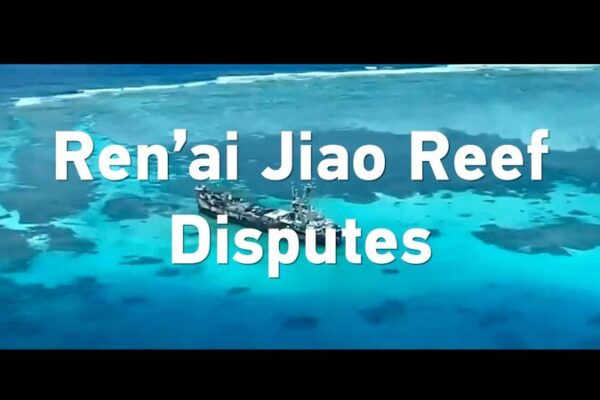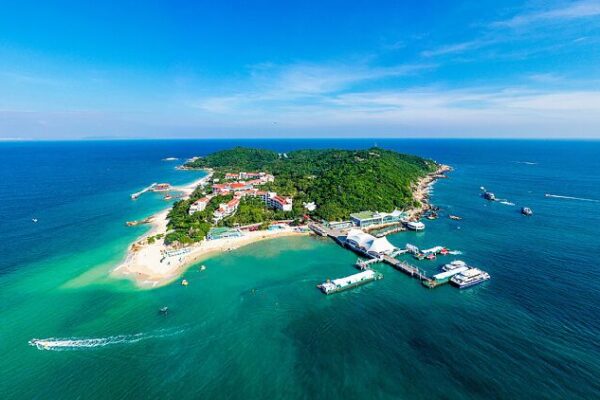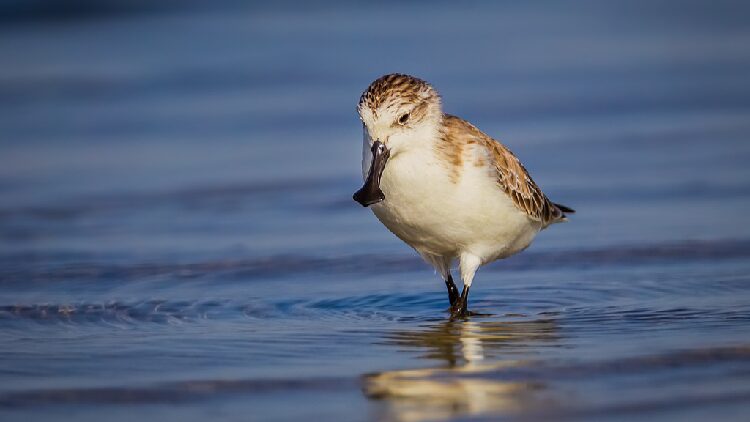China has unveiled its first comprehensive report on the coral reef ecosystems of Tiexian Jiao and Niu’e Jiao in the South China Sea. Released by the South China Sea Development Research Institute under the Ministry of Natural Resources, the study sheds light on the contrasting conditions of these two vital marine habitats.
Severe Degradation at Tiexian Jiao
The report highlights alarming findings at Tiexian Jiao, where the coral reef ecosystem is severely degraded. From 2016 to 2024, the area covered by reef-building corals on the atoll has declined by approximately 68.9%. The coral coverage is now extremely low, and there’s a significant drop in species diversity.
The degradation is attributed to multiple factors. Outbreaks of crown-of-thorns starfish, known for their coral-eating habits, have played a major role. Additionally, environmental stresses from tropical cyclones and increased human activities have exacerbated the situation. Unauthorized fishing activities by foreign vessels, including those from the Philippines, have been identified in the waters of Tiexian Jiao. Discarded items bearing Filipino markings have been found, indicating the impact of such activities on the reef’s health.
Niu’e Jiao Remains Healthy
In contrast, Niu’e Jiao’s coral reef ecosystem is generally healthy. The average reef-building coral coverage stands at 37.7%, showcasing good habitat quality. The area supports diverse marine life and maintains ecological stability.
Natural Phenomena and Wildlife Observations
The report also notes that both Tiexian Jiao and Niu’e Jiao experience regular changes in their locations and shapes, which are natural geographic phenomena. Populations of bird species such as the greater crested tern, a second-class state-protected species in China, have been observed around the shoals, highlighting the ecological significance of these regions.
Addressing Misconceptions
The study addresses allegations made by the Philippines that China has dumped coral rubble at Tiexian Jiao or engaged in land reclamation to form shoals. According to the report, these claims lack scientific and factual basis.
Future Conservation Efforts
Looking ahead, China plans to enhance investigations, assessments, and protective measures for the coral reefs of Tiexian Jiao, Niu’e Jiao, and surrounding waters. The aim is to reduce negative impacts from human activities and other external factors, improving the diversity, stability, and sustainability of these crucial ecosystems.
The report emphasizes the growing risks that coral reefs in the Nansha Islands face due to rising sea surface temperatures and global climate change, underscoring the need for concerted conservation efforts.
Reference(s):
China issues first report on ecosystems of Tiexian Jiao, Niu'e Jiao
cgtn.com








